US Steel Import Sources - 2024 Analysis
Key Insights
- North America supplies 70% of US steel imports
- Canada leads with 22%, followed by Mexico at 20%
- Brazil and EU together account for 15% of imports
- Asia contributes 10% mainly through specialty grades
Factors Influencing Imports
- Proximity and logistics
- Trade policies and tariffs
- Product specialization
Top Import Sources (2024)
| Country / Region | Volume (mt) | Share of Total | Trend 2022–2024 |
|---|---|---|---|
| Canada | 12.4 | 22% | +3% YoY |
| Mexico | 11.1 | 20% | +5% YoY |
| Brazil | 6.3 | 11% | -2% YoY |
| European Union | 5.9 | 10% | -1% YoY |
| South Korea | 3.2 | 6% | +4% YoY |
| Japan | 2.8 | 5% | -3% YoY |
| Other | 3.5 | 6% | Variable |
Import Distribution
Regional Breakdown
Future Outlook (2025–2030)
Industry experts project that US steel imports will plateau around 55 million metric tons by 2030, down from 62 million in 2024. Key drivers include:
- Reshoring: Automakers opening plants in the Midwest reducing reliance on overseas steel.
- Green Steel: Domestic producers investing in hydrogen-based furnaces capturing up to 20% of the market.
Despite these changes, North America is expected to remain the dominant source due to proximity, trade rules, and emerging low-carbon programs.
Quick Summary
- The United States gets about 70% of its steel from North America, led by Canada and Mexico.
- Brazil and the European Union together supply roughly 15% of US steel imports.
- Asian exporters like South Korea and Japan provide the remaining 10%, mostly specialty grades.
- Tariffs and trade agreements heavily shape these patterns.
- Looking ahead, reshoring and green‑steel initiatives could shift the mix by 2030.
Why the US Needs So Much Steel
When you hear headlines about bridge collapses or car production, steel is the hidden hero. The United States is a major steel consumer that used 93million metric tons (mt) of steel in 2023, according to the World Steel Association. Domestic mills can’t meet all that demand because many plants have shut down or shifted to higher‑value products. That gap forces the country to import steel to keep factories humming, cars rolling, and infrastructure safe.
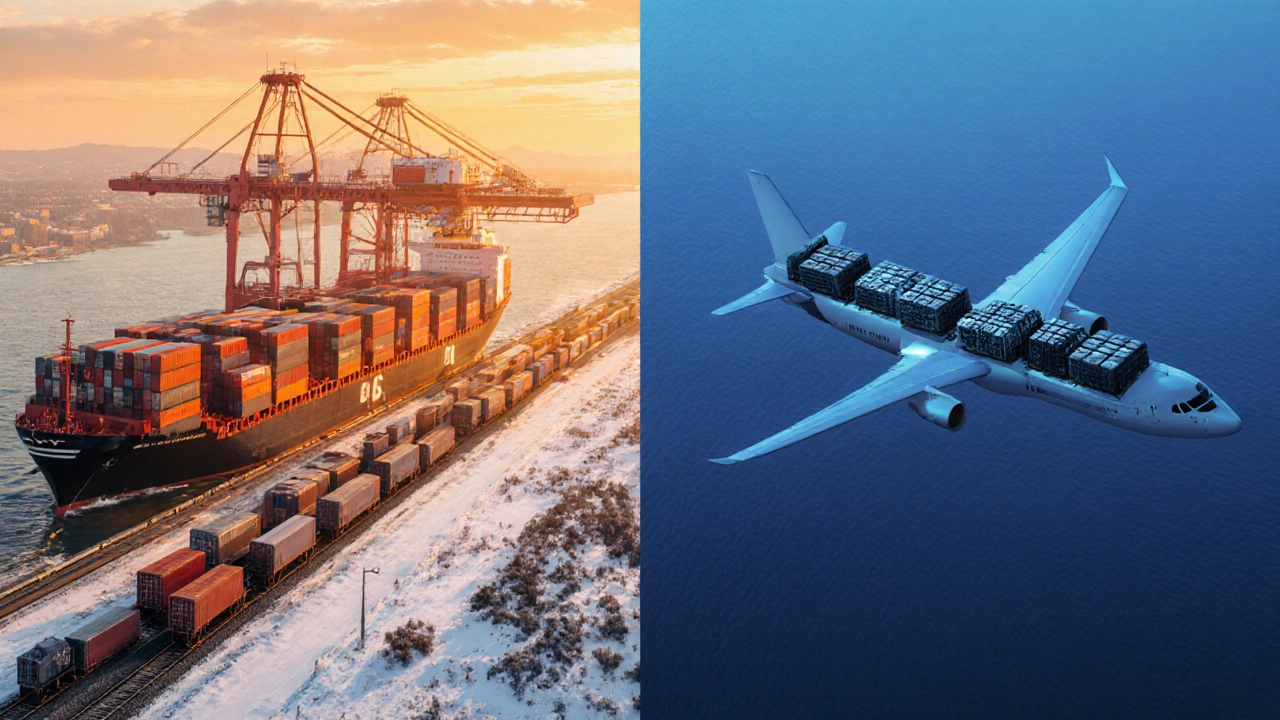
Where Does the US Get Its Steel?
Below is a snapshot of the top import sources in 2024, the most recent year with complete customs data.
| Country / Region | Import Volume (mt) | Share of Total US Steel Imports | Trend 2022‑2024 |
|---|---|---|---|
| Canada - North‑American neighbor | 12.4 | 22% | +3% YoY |
| Mexico - NAFTA/USMCA partner | 11.1 | 20% | +5% YoY |
| Brazil - Largest Latin‑American steel exporter | 6.3 | 11% | ‑2% YoY |
| European Union (mainly Germany & Italy) | 5.9 | 10% | ‑1% YoY |
| South Korea - Specialty steel hub | 3.2 | 6% | +4% YoY |
| Japan - High‑grade automotive steel | 2.8 | 5% | ‑3% YoY |
| Other (Turkey, Russia, Ukraine) | 3.5 | 6% | Variable |
What Drives These Supplier Choices?
It isn’t random. Three main factors steer where the US buys steel:
- Geography and logistics. Shipping a ton of flat‑rolled coil from Canada or Mexico costs a fraction of moving the same weight from Brazil. Shorter routes mean lower freight, quicker delivery, and fewer emissions.
- Trade policy. The 2018 Section232 tariffs on Chinese steel pushed many buyers toward NAFTA partners. In 2022 the US‑Mexico‑Canada Agreement (USMCA) eliminated most of those duties, making Mexican imports especially attractive.
- Product specialization. Asian suppliers dominate high‑strength automotive and aerospace grades. That’s why South Korea and Japan keep a steady slice despite higher freight costs.
How Tariffs and Agreements Shape the Landscape
The US Department of Commerce oversees trade enforcement has used anti‑dumping duties to protect domestic producers. After the 2018 steel tariffs, imports from China fell by 70% in 2019, but the gap was quickly filled by Canadian and Mexican shipments, which saw a combined 15% increase.
In 2023 the Biden administration launched a "Clean Steel" initiative, offering tariff relief to countries that adopt low‑carbon production methods. Canada responded with its "Zero‑Carbon Steel" program, giving it a competitive edge for green‑building projects.
These policy swings mean that today’s top suppliers could be different in a few years if new agreements or carbon‑border taxes arise.
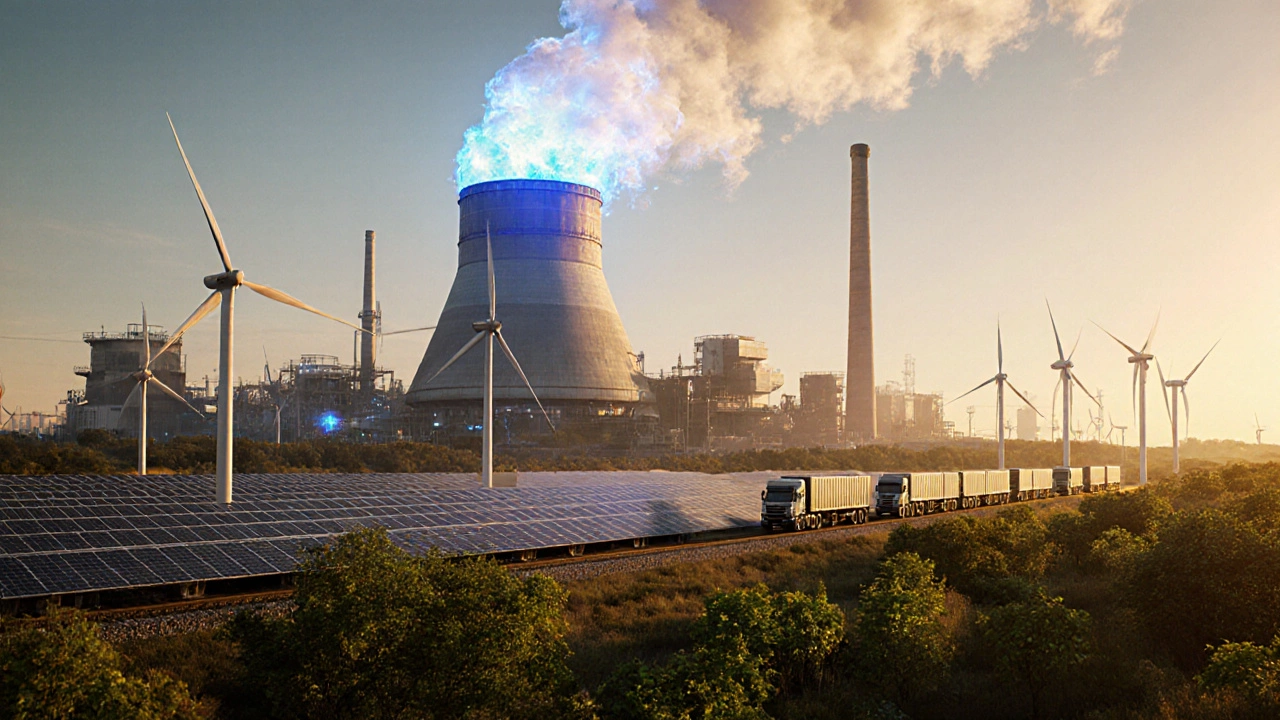
Future Outlook: 2025‑2030
Experts at the World Steel Association predict that US steel imports will plateau around 55mt by 2030, down from 62mt in 2024. Two forces drive that trend:
- Reshoring. Automakers are opening plants in the Midwest to reduce supply‑chain risk, cutting reliance on overseas steel.
- Green steel. Domestic producers investing in hydrogen‑based furnaces could capture up to 20% of the market by 2030, especially for infrastructure funded by the Inflation Reduction Act.
Even with these shifts, North America will likely stay the lion’s share because proximity, trade rules, and emerging low‑carbon programs keep Canada and Mexico ahead of distant rivals.
Key Takeaways for Industry Professionals
- Canada and Mexico together supply over 40% of US steel imports - focus on those relationships for cost‑effective sourcing.
- Specialty grades still come from South Korea and Japan; keep an eye on quality certifications.
- Watch policy updates from the US Department of Commerce - a new carbon border adjustment could reshuffle the ranking.
- Plan for a gradual drop in total import volume as domestic green‑steel capacity expands.
Frequently Asked Questions
Which country is the biggest supplier of steel to the US?
Canada tops the list, providing about 22% of all US steel imports in 2024, followed closely by Mexico at 20%.
Why do Asian countries still export steel to the US?
Asian exporters, especially South Korea and Japan, specialize in high‑strength and alloy steels required for automotive, aerospace, and high‑tech equipment. US manufacturers need those grades despite higher shipping costs.
How have US tariffs affected steel import patterns?
The 2018 Section232 tariffs sharply cut Chinese imports, pushing buyers toward NAFTA partners. Subsequent USMCA reforms reduced duties on Canadian and Mexican steel, making them the dominant sources.
Will the US import less steel in the future?
Projections show a modest decline, from 62mt in 2024 to about 55mt by 2030, driven by reshoring of production and growth of domestic low‑carbon steel facilities.
How does the "Clean Steel" initiative impact import sources?
Countries that adopt certified low‑carbon processes, like Canada’s Zero‑Carbon Steel program, receive tariff relief, making them more competitive. This nudges US buyers toward greener suppliers.

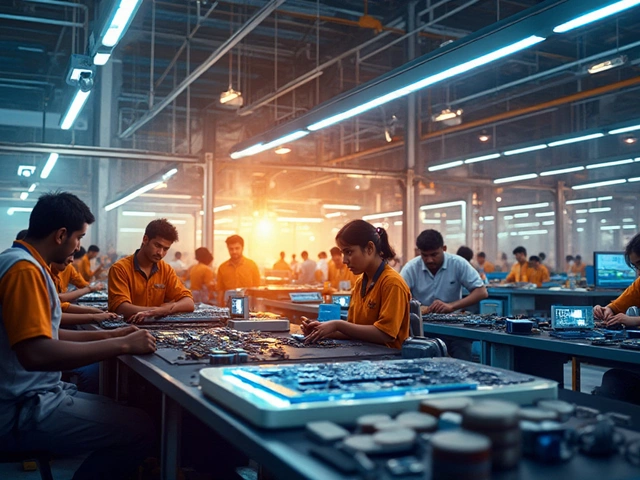

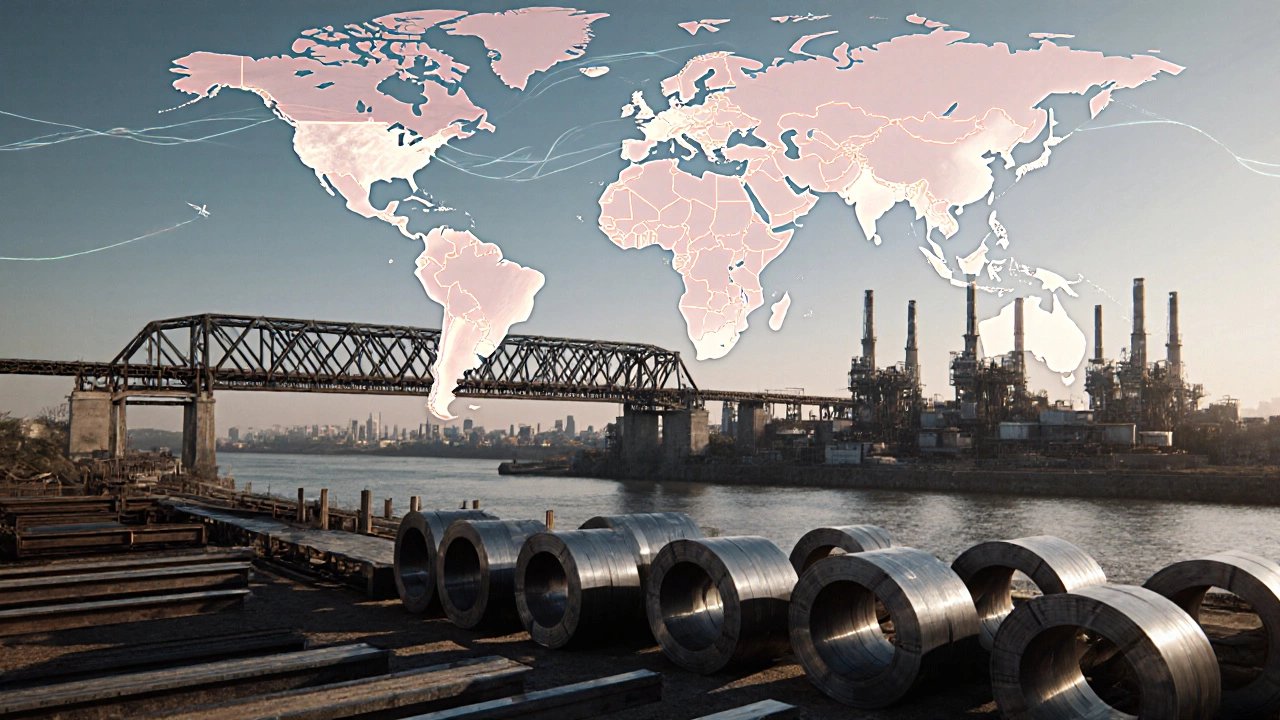
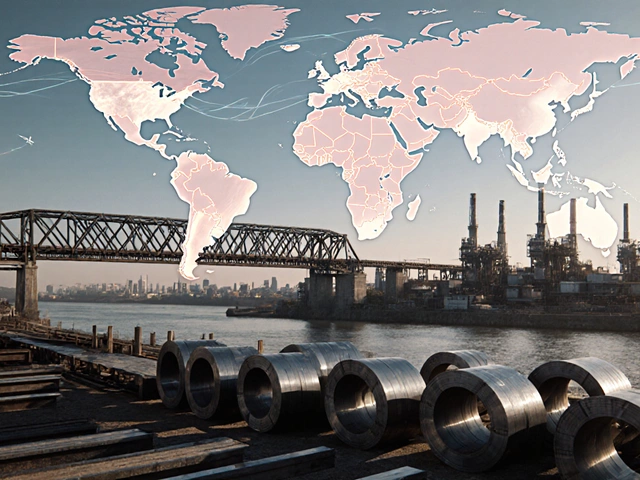
Write a comment